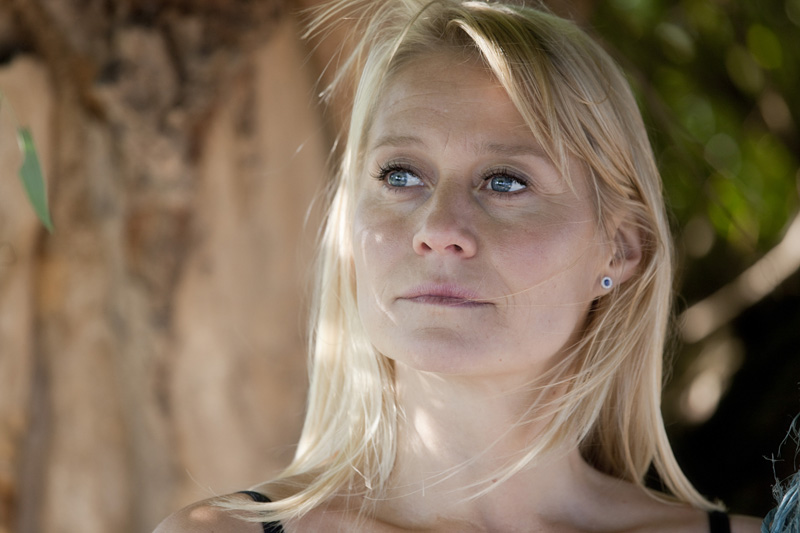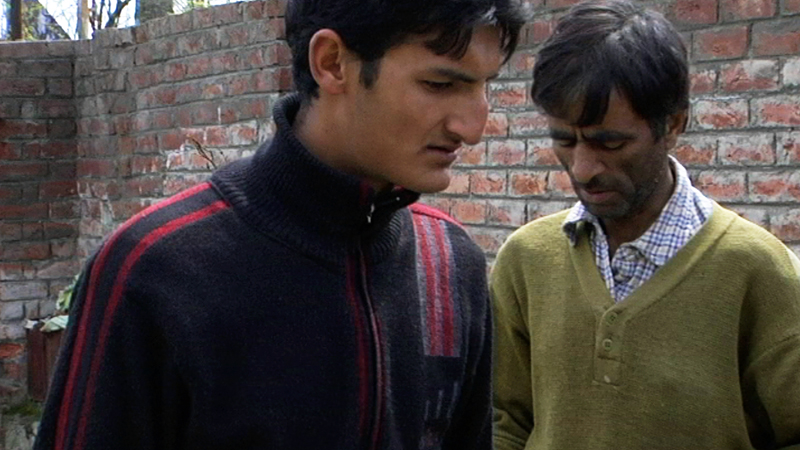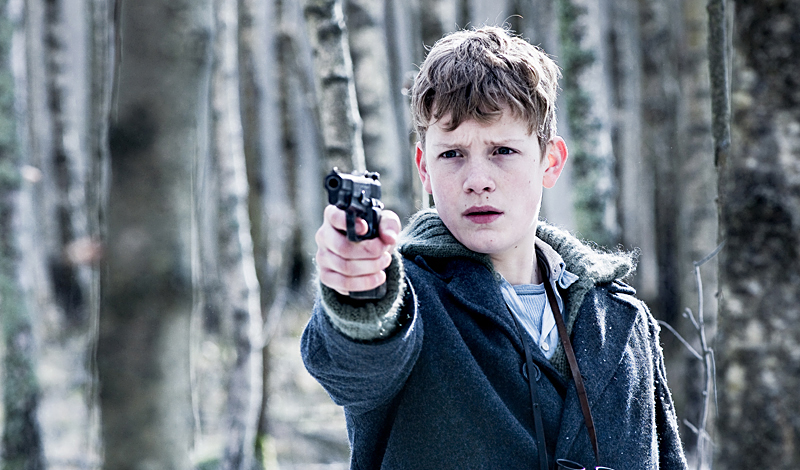My least favorite Robert Altman film, 1993’s Short Cuts, hijacked a bunch of Raymond Carver stories and turned them into a snickering jab at a cheating, lying, and lushing L.A. Dumping the Pacific Northwest landscape so crucial to Carver’s lachrymose sensibility wasn’t the problem; rather, Altman took a wrecking ball to Carver’s bleak compassion for his floundering working-class protagonists and replaced it with a shrill malice that kept faith only with the director’s own worst self.
With Jindabyne, Australian director Ray Lawrence takes far bigger liberties with Carver, yet manages to stay closer to the letter and spirit of his work. Sensitively adapted from the story “So Much Water So Close to Home” (which Altman also used), Jindabyne shifts Carver’s setting to the equally majestic—if far more stark—landscape of rural Australia. Buried within the movie is a sharp dissection of race and gender in a corner of New South Wales where whites and Aborigines cohabit in mutual unease. There, four local men on a weekend fishing trip discover a murdered Aboriginal girl’s bloated body floating in a scenic river. Despite their initial horror, they carry on with their fishing, jubilantly landing a few whoppers before they finally alert the local police. As the town recoils from their heedlessness, a rift opens up, or more precisely, deepens, between the men and their wives.
In the growing estrangement of one tightly wound American transplant, Claire (Laura Linney), from her laconic husband, Stewart (Gabriel Byrne), past sins, losses, and unfulfilled dreams rise up like malevolent specters to haunt this troubled pair and find echoes in the unions that surround them. Jindabyne moves slowly and deliberately, its dialogue as spare and lanky as Carver’s own pared-down prose. The austere beauty of the landscape, shot in natural light and heightened by a keening native score, offers both a lament for what’s been lost and a painfully halting hymn to the faint possibility of reconciliation and community. Don’t be lulled: The fierce background hum of electricity pylons, a swiftly administered punch in the ribs of a penitent, and the final image of a man furiously slapping away a wasp lash us with a shocking reminder that sins of omission cause injury just as surely as those of commission, and that evil never dies.








